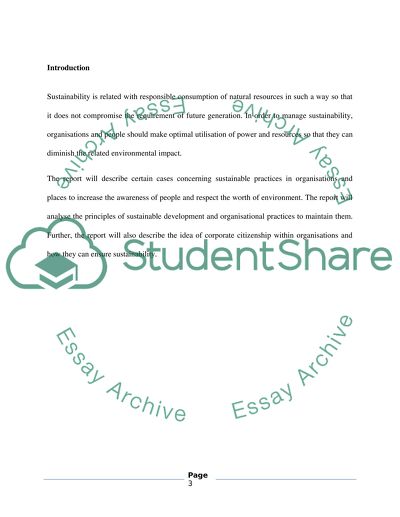Cite this document
(“Sustainable Development and its overall impact Assignment”, n.d.)
Retrieved from https://studentshare.org/environmental-studies/1394175-sustainable-development-and-its-overall-impact
Retrieved from https://studentshare.org/environmental-studies/1394175-sustainable-development-and-its-overall-impact
(Sustainable Development and Its Overall Impact Assignment)
https://studentshare.org/environmental-studies/1394175-sustainable-development-and-its-overall-impact.
https://studentshare.org/environmental-studies/1394175-sustainable-development-and-its-overall-impact.
“Sustainable Development and Its Overall Impact Assignment”, n.d. https://studentshare.org/environmental-studies/1394175-sustainable-development-and-its-overall-impact.


